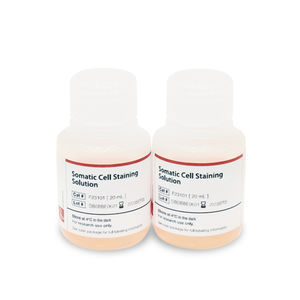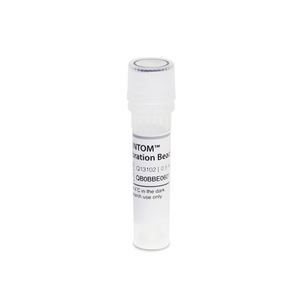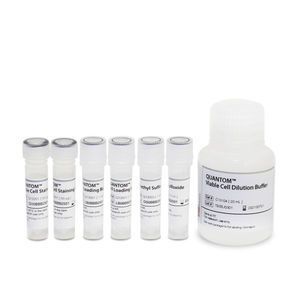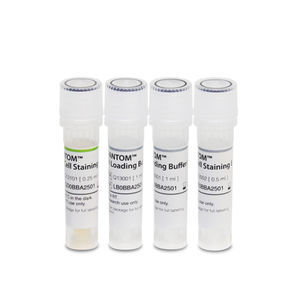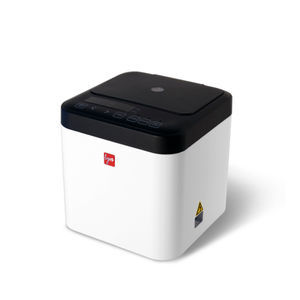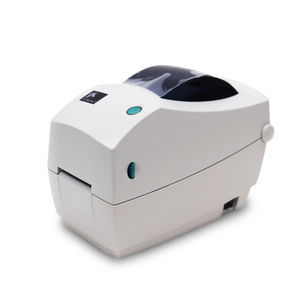
- Laboratory
- Laboratory medicine
- Stain reagent
- Logos Biosystems
Stain reagent F23003for cell countingliquid
Add to favorites
Compare this product
Characteristics
- Type
- stain
- Applications
- for cell counting
- Format
- liquid
Description
Propidium iodide is a cell-permeable stain that binds to nucleic acids. Nonviable cells and cells with damaged membranes are the only ones that can take up propidium iodide, since intact membranes cannot penetrate it. Once bound to nucleic acids, its fluorescence is multiplied by 20-30, causing the cell to fluoresce red.
LUNA™ Automated Fluorescence Cell Counters can use propidium iodide stain (F23002) with acridine orange stain (F23002) to assess cell viability. Viable nucleated cells will fluoresce green and non-viable cells will fluoresce red. Due to Förster resonance energy transfer (FRET), the signal from propidium iodide absorbs the signal from acridine orange in non-viable cells, ensuring that double-positive results do not occur.
Specifications
Molecular formula - C27H34I2N4
Molecular weight - 668.39 g/mol
Cell permeability - Membrane permeant
Excitation/emission - 493/636 nm (in aqueous solution)
533/617 nm (when bound to nucleic acids)
Catalogs
No catalogs are available for this product.
See all of Logos Biosystems‘s catalogsOther Logos Biosystems products
Cell Counting-Consumables & Accessories
Related Searches
- Solution reagent kit
- Molecular biology reagent kit
- Histology reagent kit
- Cytology reagent kit
- Dye reagent
- Antibody
- Buffer solution reagent kit
- Quality control reagent kit
- Bacteria reagent kit
- Tissue reagent kit
- Magnetic bead-based reagent kit
- Staining solution reagent kit
- Electrophoresis reagent kit
- Automated cell imaging system
- Calibration reagent kit
- Cell imager
- Laboratory cell imaging system
- Powder reagent kit
- Fungi reagent kit
- Cell counter
*Prices are pre-tax. They exclude delivery charges and customs duties and do not include additional charges for installation or activation options. Prices are indicative only and may vary by country, with changes to the cost of raw materials and exchange rates.









